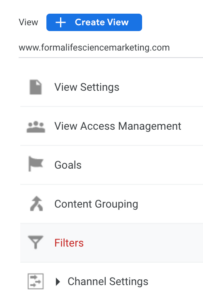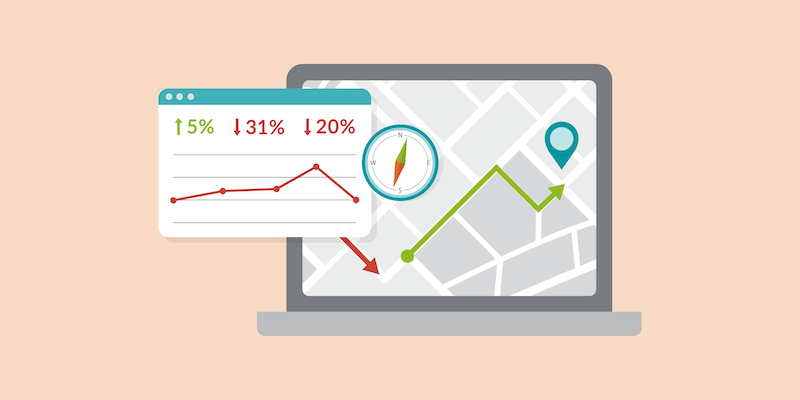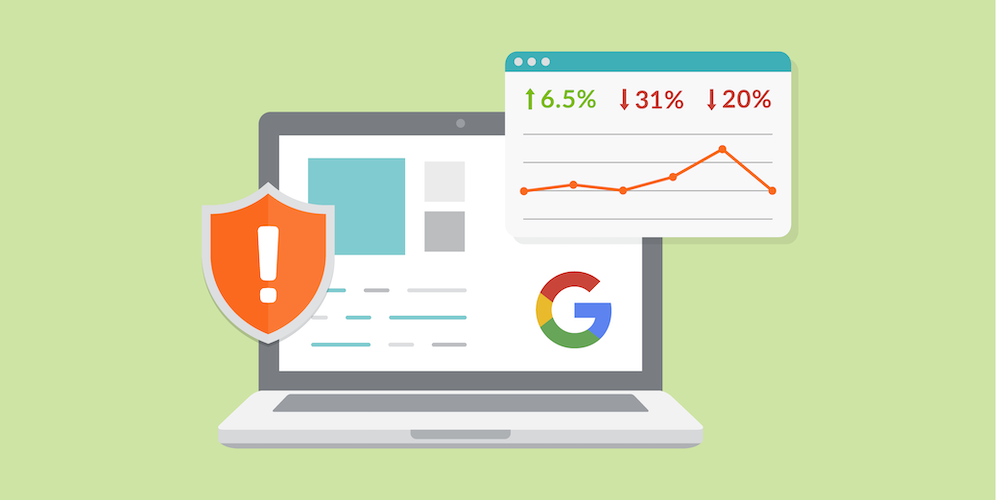Stopping the Spam Invasion: How to Prevent Spam Traffic From Ruining Your Google Analytics Data
By Jordan Eller

Spam traffic is a growing problem, and it can cause serious damage to the veracity of your Google Analytics data.
According to a trusted authority on cybersecurity research, spam traffic made up a staggering 47% of all internet traffic in 2022, a 5.1% increase over the previous year. This poses a serious problem for website owners and digital marketers, since we rely on accurate data to make informed decisions and measure the success of our online strategies.
However, the growing menace of spam traffic can significantly distort our insights and compromise the integrity of our analytics data. Fortunately, there are effective measures we can take to block this spam invasion and regain control over our data.
Understand the Types of Spam Traffic
Before tackling spam traffic, it’s crucial to understand the two main types: referral spam and ghost spam. Referral spam appears in your analytics reports as fake referrals, claiming to have visited your website. On the other hand, ghost spam bypasses your website altogether and directly sends fake data to Google Analytics.

Configuring filters in Google Analytics is one of the best ways to prevent bot traffic from influencing your data.
Implement Filters
One of the most effective ways to block spam traffic is by implementing filters in your Google Analytics account. Create a new filter that excludes traffic from known spam domains or suspicious referral sources. You can find a comprehensive list of spam domains by searching online, or you can create a custom list based on your own observations.
Enable Bot Filtering
Google Analytics offers a built-in bot filtering option, which can help block some spam automatically. To enable this feature, navigate to your Google Analytics admin panel, select “View Settings” for the relevant property, and check the box next to “Exclude all hits from known bots and spiders.” While this won’t catch all spam traffic, it’s a useful first line of defense.
Implement IP Address Filters
If you notice consistent spam traffic from specific IP addresses, you can create filters to exclude them from your analytics data. By identifying the IP addresses responsible for spam visits, you can filter them out and ensure they don’t skew your metrics.
If your workforce is working remotely, they may also be affecting your Google Analytics data. For a detailed guide on how to solve this problem, check out our blog, Why Working Remotely Might Be Affecting Your Google Analytics, and How To Fix It
Spam can undermine the accuracy of our Google Analytics data, making it vital to implement measures to combat this invasion. By utilizing filters, enabling bot filtering, and employing third-party spam blockers, we can regain control over our analytics and make informed decisions based on reliable data. Remember, regular monitoring and updates to your spam filters are essential as spammers constantly evolve their tactics.
If you’re looking for an agency partner with life science expertise to help elevate your sales and marketing efforts, start the conversation with our team of experts today.





